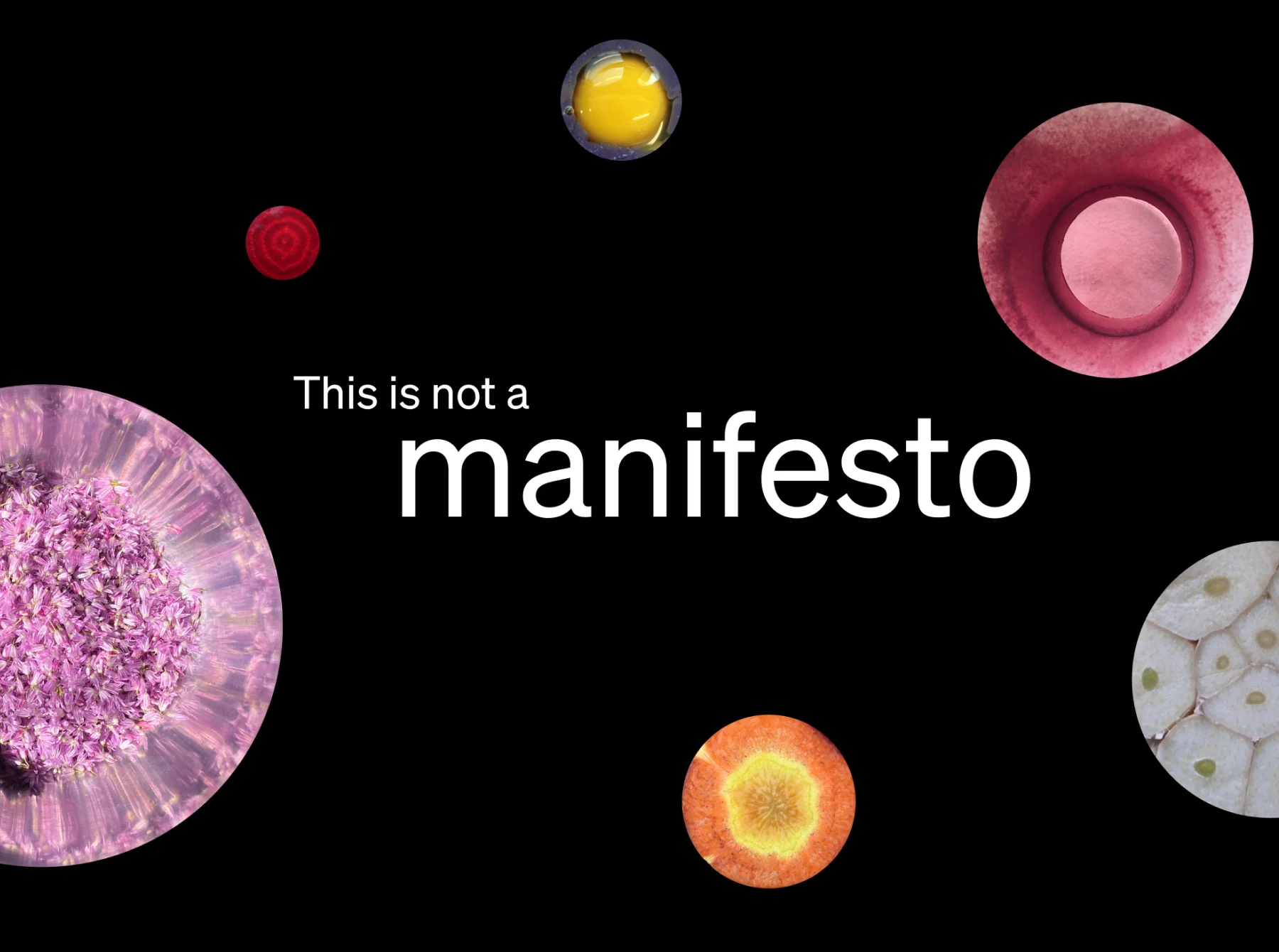

For the latest instalment of our Manifesto series, we invited Polyester—the self published, intersectional feminist arts and culture publication—to offer up their 10 rules to help you have faith in your own bad taste. Download the Manifesto, and read about the thought process behind it, below.
“For over a decade, we at Polyester have grappled with the question of taste in the digital age. In the time since we all discovered online chat rooms, roulette webcam sites and the broad spectrum of what social media can offer us, the parameters of taste have changed dramatically.
Taste was previously largely dictated to us by the upper echelons of the media elite, but niche communities, blogging culture and comment sections have proved to be great levellers: now we all get to decide what is classed as good taste and what is counted as bad.
The Polyester strapline, ‘Have faith in your own bad taste,’ encapsulates the notion of trusting your own preferences as you navigate pop culture, subculture and the wider world. So for Polyester’s Bad Taste Manifesto, we detail everything needed in forming your own aesthetic view.
This manifesto serves as a reminder that taste is not explicitly personal, but influenced by all we consume, have consumed and are pushed to consume by capitalism, pop culture and social media. It isn’t meant to dictate—but to encourage curiosity about, and cultivation of, your own interests, not those of the algorithm.”
















